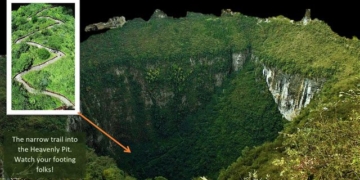The origins of the Maya civilization remain a mystery that archaeologists and historians are striving to decipher.
In 1839, a multinational expedition gathered on the border of Honduras. Their goal was an unprecedented mission: to venture deep into Central America, exploring uncharted territories cloaked in dense jungle.
Led by a local guide, the expedition traversed the tropical rainforest. They arrived at a place shaded by thick vegetation. Here, they uncovered several unusual megalithic structures, covered in twisting vines and moss, nearly blending into the surrounding natural environment.
As the team excavated and cleaned further, the true appearance of a magnificent palace gradually emerged. The outer walls of the palace were adorned with intricate bas-reliefs. Even more astonishing was the discovery of a massive pyramid, its peak seemingly reaching for the sky, as if it were a sacred place for communion with the gods.
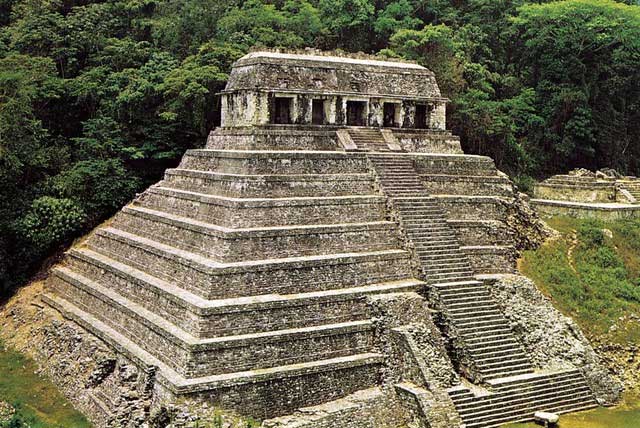
Maya Pyramid.
Near the base of the pyramid, the expedition discovered a stone slab inscribed with dense symbols. These symbols were later confirmed to be the Maya calendar, which not only recorded the passage of time but also reflected the Maya’s profound understanding of the cosmos. This discovery shocked the entire expedition team as they realized that the land they stood on was once the center of a highly developed civilization.
In recent years, through the study of the language system of the Maya civilization, scholars have discovered that the Maya civilization in the tropical rainforests of America may have an unbreakable connection to ancient China. This viewpoint was presented by an Indian scholar who has been passionate about learning languages from various countries since childhood and has conducted in-depth research on language systems.
She noted that analyzing the remaining script of the Maya civilization through a linguistic lens reveals many similarities with ancient Chinese. These similarities are not only evident in the form of words but also in an inexplicable consistency in grammatical structures and vocabulary usage. China is one of the four ancient civilizations, leading this scholar to suggest that the ancient Chinese civilization may have a significant connection to the Maya civilization.
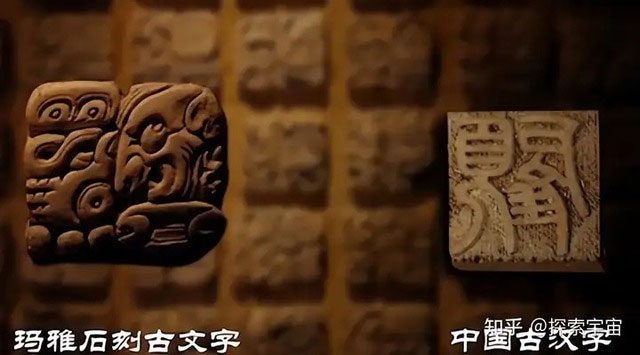
Comparison of Maya and Chinese scripts.
The Maya civilization not only reached architectural heights but also exceeded other civilizations of its time in knowledge of astronomy and mathematics. The Maya possessed a deep understanding of astronomical phenomena. They could accurately predict solar and lunar eclipses, a feat unimaginable at that time. The observatories they built were not only architectural masterpieces but also significant sites for scientific research.
By observing the stars, the Maya developed a highly accurate calendar system, even more precise than the Gregorian calendar. In mathematics, the Maya invented the concept of zero, a significant breakthrough in the history of mathematics. This discovery profoundly impacted mathematical development, allowing them to perform complex calculations and make precise astronomical observations. The construction technology of the Maya also reached a high level of sophistication.
Their palaces and pyramids were not only grand in scale but also intricately designed and filled with symbolic meaning. These buildings served not only as residences for royalty and priests but also as venues for religious ceremonies and social activities. Each level of the pyramid represented a different level of the celestial realm, while the murals in the palace depicted the mythology and history of the Maya.
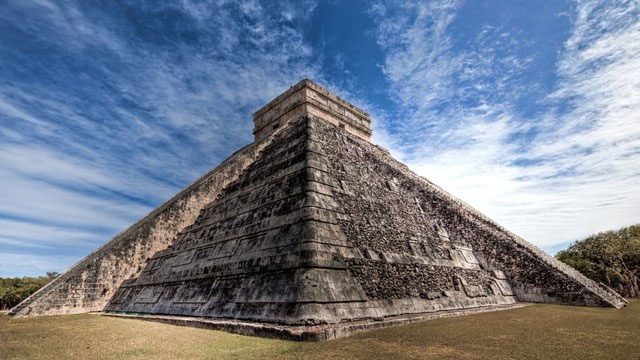
Maya construction technology reached a high level of development.
In agriculture, the Maya implemented various advanced agricultural technologies such as irrigation, drainage, and agroforestry. The application of these technologies allowed the Maya’s agricultural production to reach very high levels.
Typically, a nation as advanced and superior as this would be expected to exist and thrive for a long time, but strangely, in the 8th century BCE, the Maya civilization suddenly vanished.
Subsequent research revealed that the mass disappearance of the Maya coincided with the end of one of the cycles in their calendar. Moreover, the Maya calendar predicted several major events in the future, such as the prophecy of the 2012 apocalypse, which originated from the Maya calendar. However, another opinion suggests that the Maya calendar is merely a time counter. In other words, 2012 was not an apocalypse but marked the end of an ancient cycle, and the world entered a new cycle of rebirth. The disappearance of the Maya was also predicted by the Maya calendar. Some scholars boldly speculate that the ancient Maya did not vanish; they simply returned to their homeland.
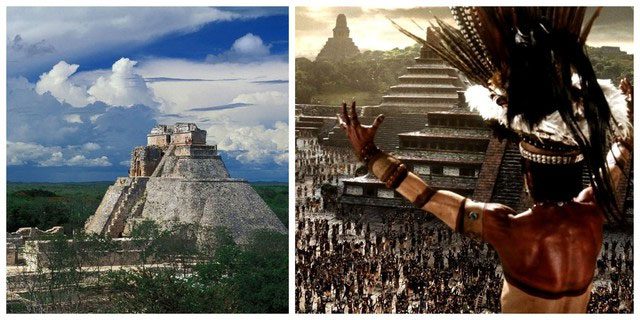
Most structures built by the Maya were constructed according to the Tzolkin calendar.
Many people have always regarded the Maya civilization as an extraterrestrial civilization due to the numerous incredible mysteries surrounding this ancient civilization. Firstly, the Maya had extremely advanced knowledge of astronomy. They calculated that the length of a year was 365.2420 days, a figure that differs by only 0.0002 days from the results observed by modern astronomers. This level of complexity is astonishing even for modern individuals.
Additionally, the Tzolkin calendar created by the Maya is entirely incongruent with Earth, recording only 260 days. Even more mysteriously, most structures built by the Maya were constructed according to the Tzolkin calendar. This raises curiosity: why did the Maya use the Tzolkin calendar when they knew a year has 365 days?
Even more intriguingly, in many restored murals, numerous objects resembling spaceships and various strangely-shaped beings have been discovered. These findings have led some to believe that the Maya’s Tzolkin calendar may originate from their primordial planet, and these mysterious objects could be spaceships and extraterrestrial beings. Some researchers believe that the Maya did not vanish but were taken off Earth by aliens.
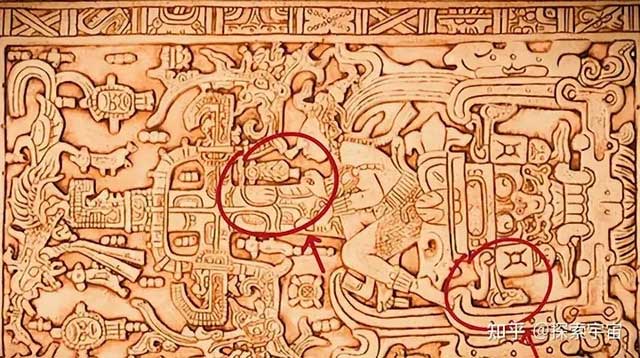
Strange figures in the restored murals of the Maya.
Compared to the extraterrestrial hypothesis, currently, there are three main theories regarding the origins of the Maya civilization:
1. Indigenous Development
This theory suggests that the Maya civilization developed from earlier indigenous Mesoamerican cultures, undergoing evolution and adaptation over thousands of years. According to this theory, the Maya developed their own complex technologies and social systems without significant external influence.
2. Olmec Influence
This theory posits that the Maya civilization was strongly influenced by the Olmec civilization, another ancient civilization that also developed in Mesoamerica. According to this theory, the Olmecs disseminated knowledge, techniques, and art to the Maya, contributing to the development of the Maya civilization.
3. Migration from Outside
This theory claims that the Maya civilization was established by migrants from outside Mesoamerica, possibly from South America or Southeast Asia. According to this theory, these migrants brought advanced knowledge and techniques, facilitating the development of the Maya civilization.
While all three of these theories have supporting evidence, none have been definitively confirmed yet. Furthermore, it should be noted that the development of the Maya civilization may be a combination of various factors, including indigenous development, external influences, and interactions between different cultures in the region.
The origins of the Maya civilization remain an intriguing mystery that captivates many. Researching and excavating Maya ruins will help us gain a deeper understanding of the past of this civilization and contribute to unraveling the mystery of its origins.


















































